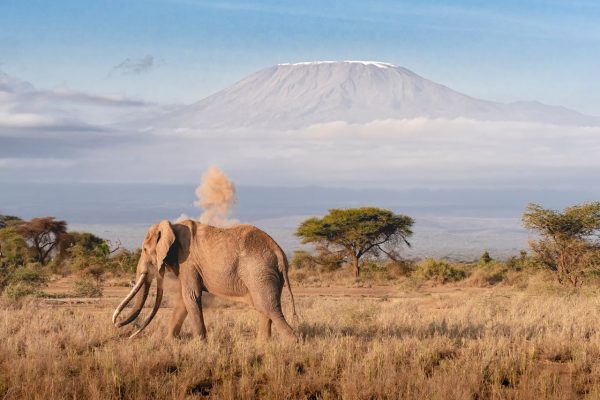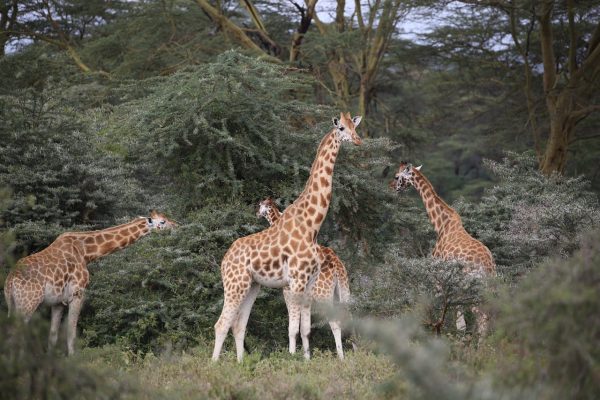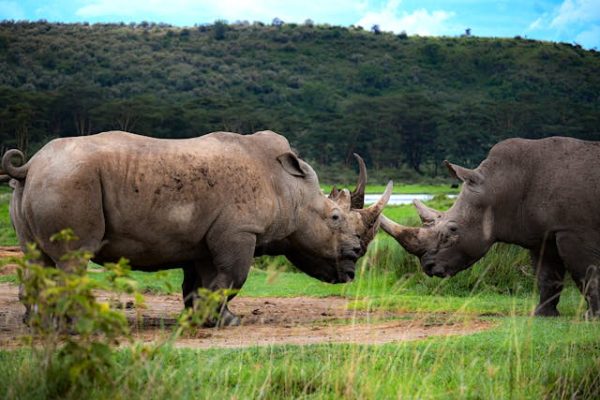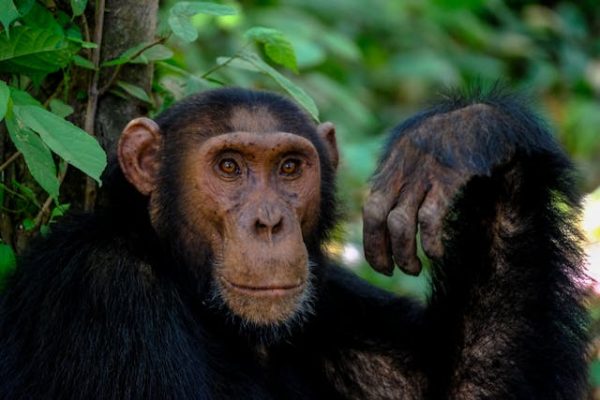Lake Nakuru National Park
Lake Nakuru National Park is one of Kenya’s premier wildlife parks, located in the Rift Valley, approximately 160 kilometers northwest of Nairobi. Established in 1961, the park covers an area of about 188 square kilometers and is built around Lake Nakuru, a shallow alkaline lake renowned for its stunning birdlife and dramatic scenery.
Key Features
1. Lake Nakuru
At the heart of the park lies the lake, once famously known for its millions of flamingos, which created a pink hue along the shoreline. Although flamingo numbers fluctuate due to water levels and food availability, the lake still hosts a vibrant mix of lesser and greater flamingos, pelicans, herons, cormorants, and over 450 bird species in total.
2. Black and White Rhinos
Lake Nakuru National Park is a rhino sanctuary, home to both black and white rhinos, making it one of the best places in Kenya to spot these endangered animals in the wild. The park has a dedicated rhino breeding and protection program.
3. Diverse Wildlife
Aside from rhinos and birds, the park boasts:
-
Rothschild’s giraffes (relocated here for protection)
-
Lions, leopards, and hyenas
-
Buffalos, zebras, waterbucks, impalas, baboons, and vervet monkeys
-
Occasional sightings of cheetahs and pythons
4. Scenic Landscapes
The park’s terrain includes wooded and bushy grasslands, acacia forests, rocky cliffs, waterfalls (such as Makalia Falls), and euphorbia forests, offering a dramatic backdrop for wildlife viewing and photography.
Activities
-
Game drives (ideal in the morning or late afternoon)
-
Birdwatching tours
-
Picnicking at scenic points like Baboon Cliff and Lion Hill
-
Photography and guided nature walks (in designated areas)
Accessibility
Lake Nakuru National Park is easily accessible by road from Nairobi (about a 2–3 hour drive) and is also connected to other safari destinations like Masai Mara, Lake Naivasha, and Aberdare. There’s a variety of accommodation ranging from budget lodges to luxury camps and hotels within or near the park.
Best Time to Visit:
The park is open all year round, but the dry seasons (January–March and June–October) offer the best conditions for wildlife viewing. During or after the rainy season, the park becomes lush and green, which enhances its scenic beauty, though some roads may be muddy.



